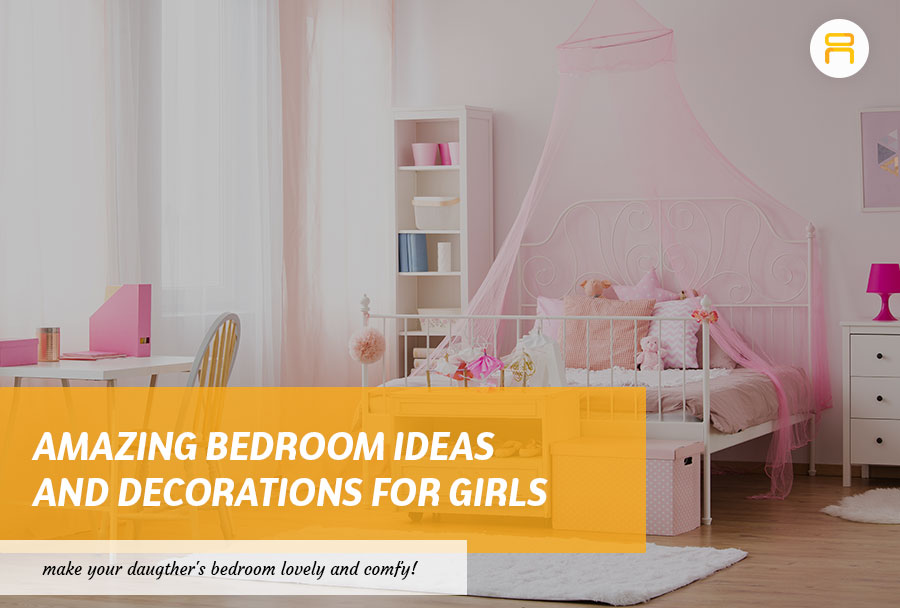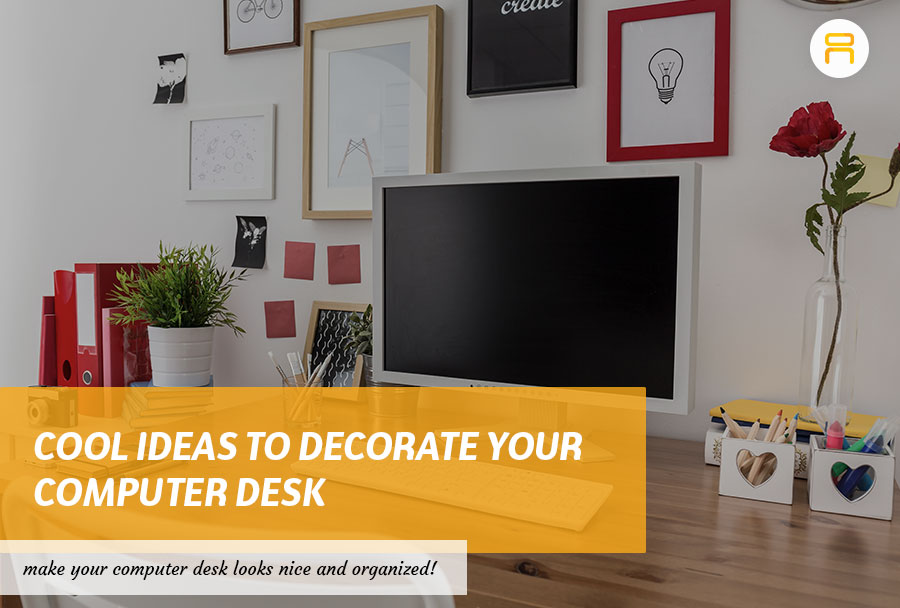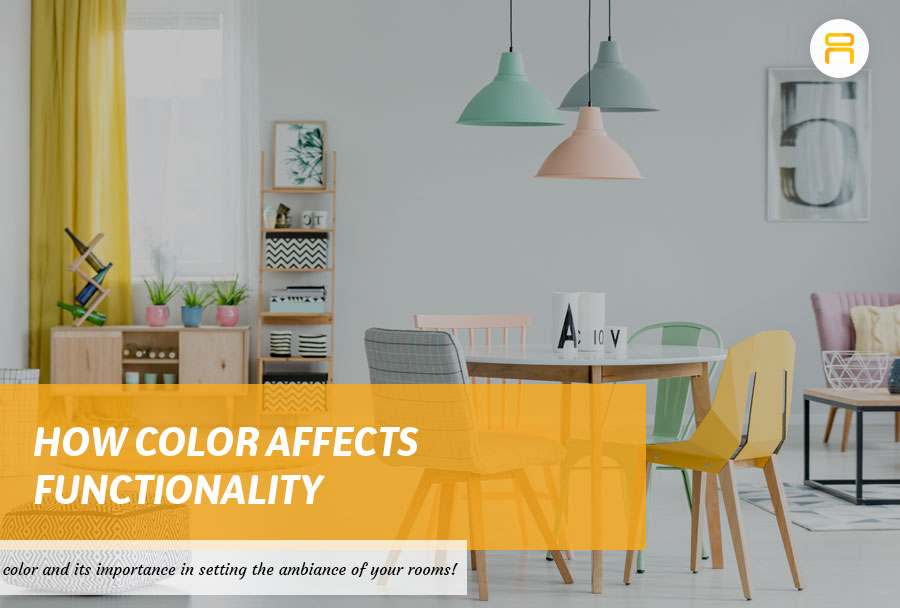
How Color Affects Functionality
Studies show that in either architectural or consumer products, color accounts for a 60% of how we react– a big number, and definitely a huge contributor to our decision-making process.
Color psychology in homes is very important because humans usually associate feelings to colors, and our surroundings can affect our moods, and our moods can affect our productivity.
Color variety in sofas, stools, beds, and the wood in our cabinets and dining sets weren’t made available for diversity alone– they’re little pieces that can greatly change the mood of the room. Having this in mind, let’s study each color and the feelings associated to them, and how you can strategically use these colors to boost a room’s functionality.
Red
– this color is usually associated with passion, anger, desire and intensity. Never use too much of this color on baby’s or children’s rooms, because a strong hue can make people irritable. Unlike blue, red is known to radiate the aura of failure or rejection, so never use too much of this color in a study room. Red is also used in restaurant ads because it boosts appetite, making it the perfect color for dining sets or the walls of your dining rooms.
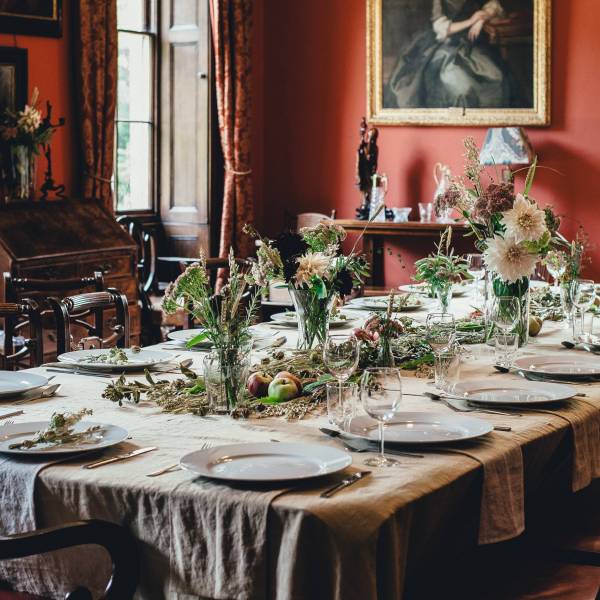
Blue
– associated with calmness, peace, productivity and serenity. This is also the color most preferred by men, so buying blue furniture or decor to embellish a boy’s room is a good idea. Also, as it is known to boost productivity and curb appetite, blue is the perfect color for home offices or study rooms.
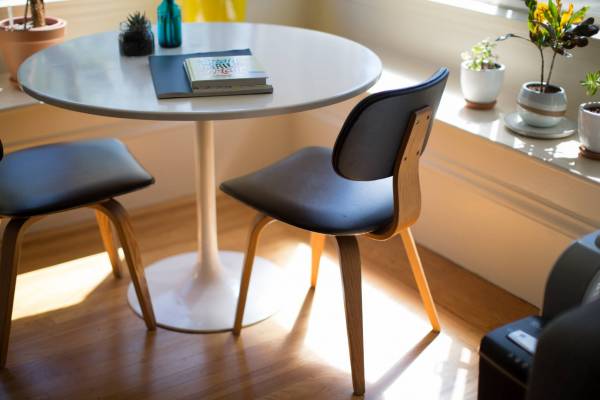
Yellow
– associated with happiness and energy, and can increase metabolism and brighten a room. This color can be used in a kitchen, but never in bedrooms or baby’s rooms, as it is known to cause eye strain and make babies cry.
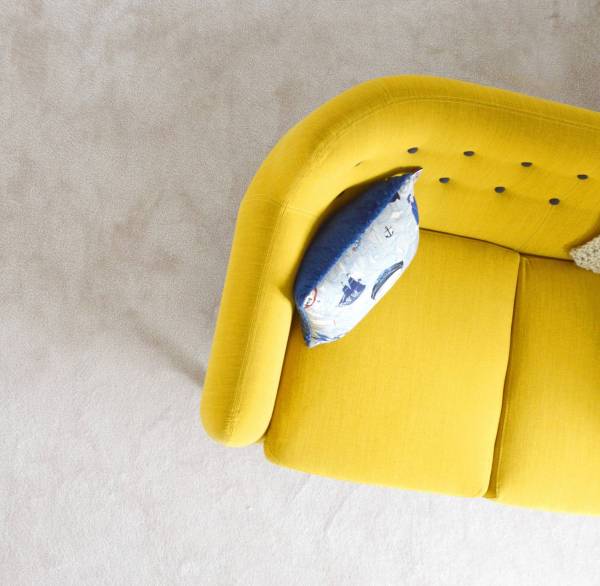
Green
– associated with tranquility, health, fertility, money and nature. Also known to lessen stomach aches. Use this color in your bedroom or living room, as it is a color pleasant to the eyes. Red being the polar opposite of green in bedrooms, use red-colored furniture if you are going for a bedroom with more drama.
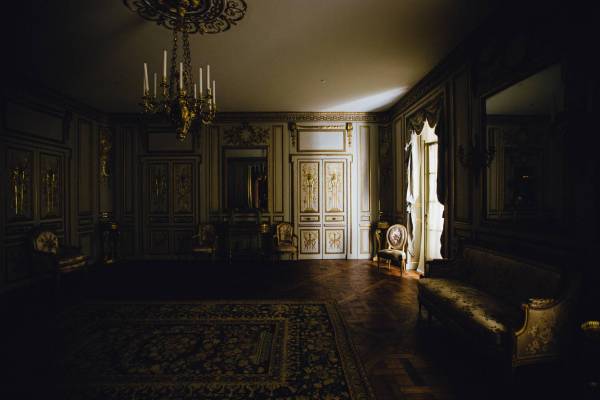
Pink
– associated with love, tenderness and warmth. Perfect in a girl’s room or sitting room, as it is known to have calming effects.
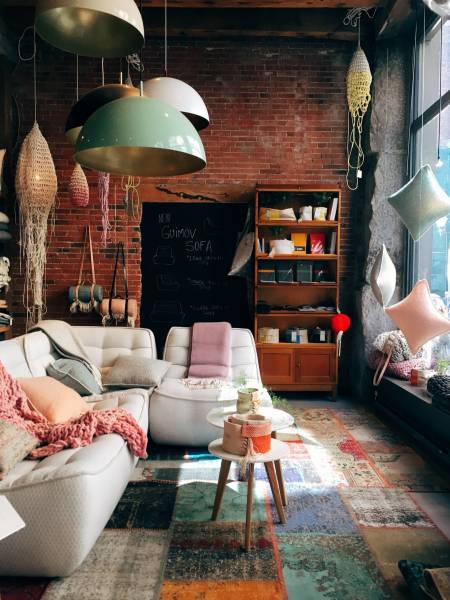
White & Light Grey
– associated with purity and innocence. White is great for hallways or small rooms, as it creates the illusion of space. Also commonly used as an accent in colorful rooms, or neutralizers in dark rooms.
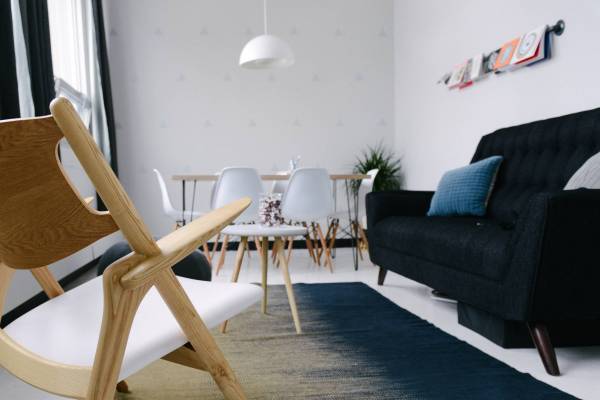
Orange
– associated with excitement, enthusiasm and warmth. Commonly used as accents because this color draws attention. Use this color on rooms that promote fun and enjoyment, like family rooms or recreational rooms.
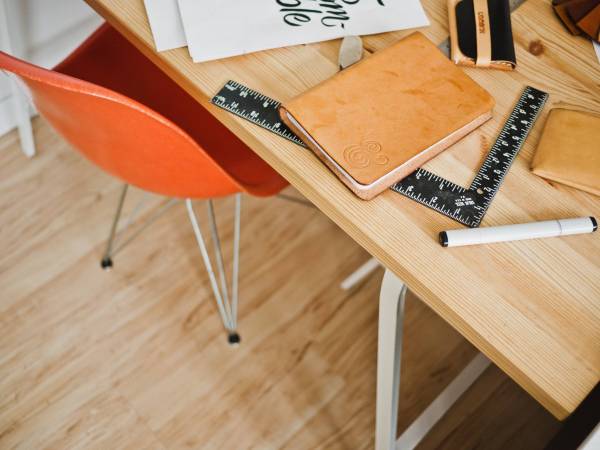
Having these colors and their associations is definitely useful, but color temperature also plays a huge role in accentuating a mood.
Warm colors
like yellow, red and orange add to a sociable atmosphere, but these colors on a small room can make the room seem small and chaotic. Warm colors are used for drawing attention, and they are not well suited for rooms for relaxation and reflection.
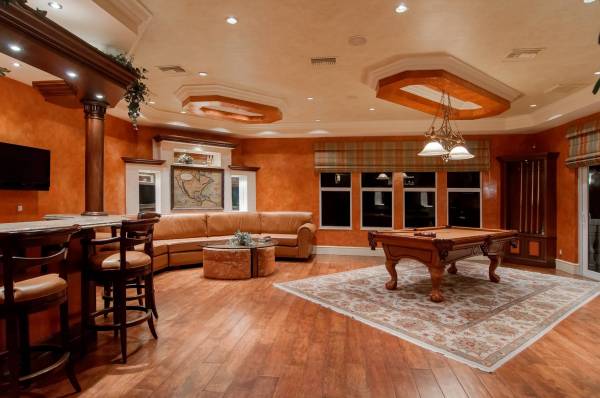
Cold colors
like blue, green and violet are used on rooms for rest or concentration, because these colors promote stillness, tranquility and coziness. Cold colors inside a spacious room will radiate the aura of loneliness and abandonment.
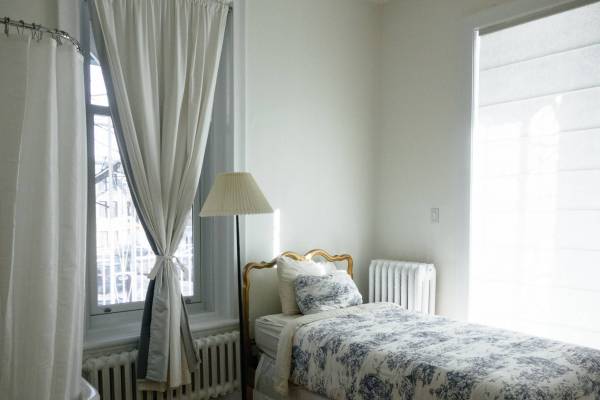
Neutral colors
like white, black and grey are for rooms used for formal gatherings because they promote order and purity. Perfect for small sitting rooms, or bathrooms.
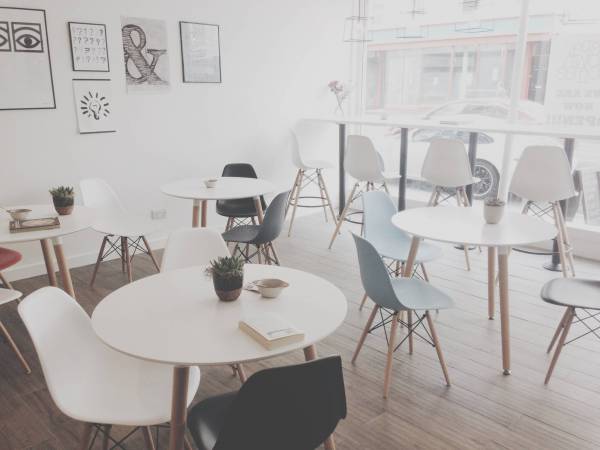
There’s no harm in choosing to decorate your home using unconventional ways and techniques– a little breach of the color theory here and there and you might even get stellar results– but knowing how our psyches react to color can definitely make us strategic on choosing the perfect furniture for each room.
– Megan
Liked what you read? Share it to your friends!


